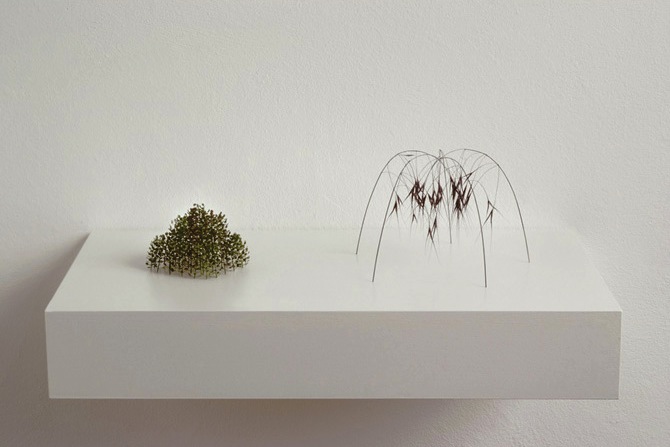
Christiane Löhr, ‘Zwei kleine Kuppeln (two little domes)’ (2009)
Plant stalks, grass stalks.
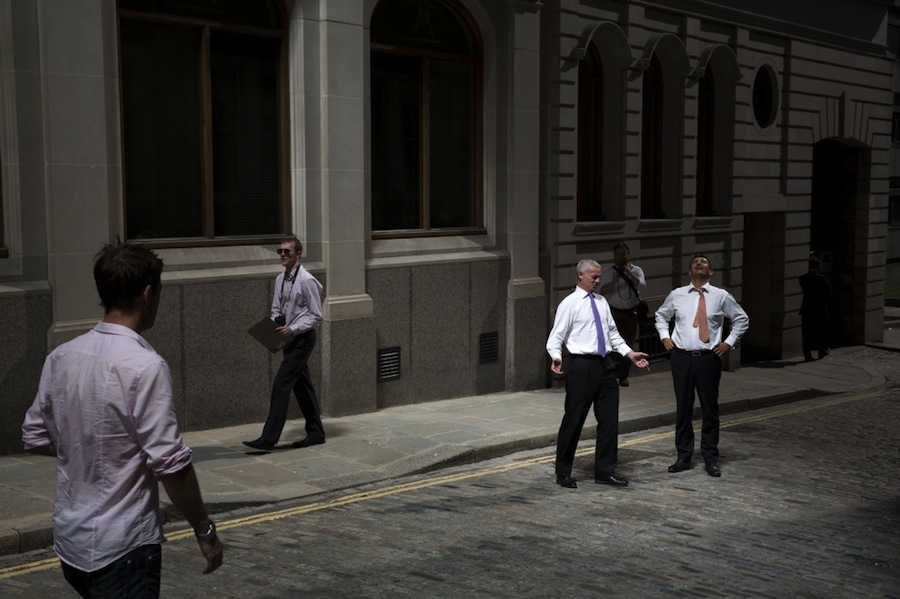
Bankers in London’s City enjoy the sun, reflected by the surrounding buildings’ glass façades.
Photograph by Matt Dunham
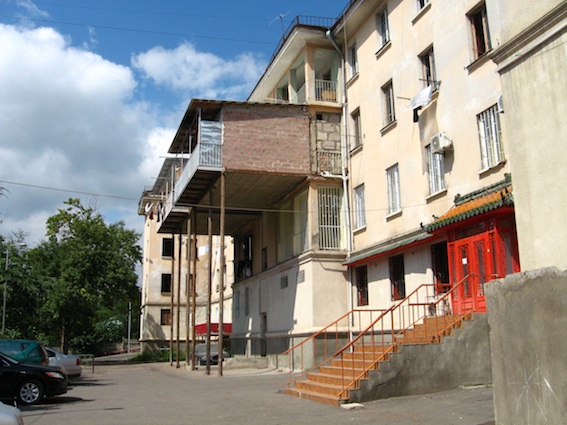
Photograph by Levan Asabashvili.
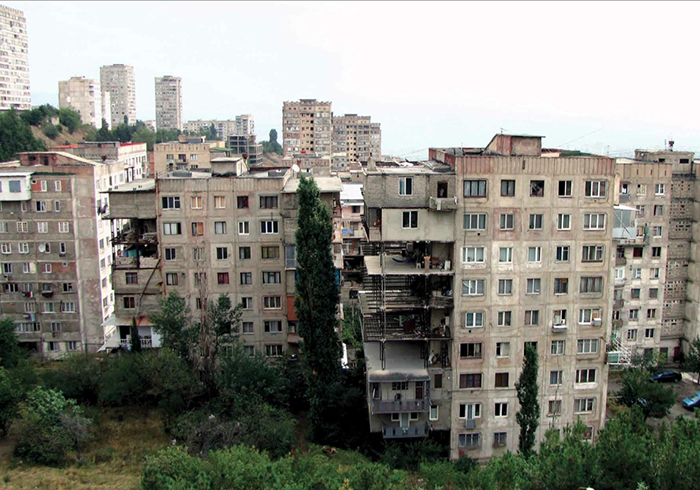
Photograph by Krzysztof Weglel.
Some examples of informal structures called “kamikaze loggias”, the vernacular extensions of modernist buildings characteristic of Tbilisi. These extensions have been created since the 1990s as an organic response to the new, “lawless” times after the fall of the Soviet Union. They increase the living space and are usually used as terraces, extra rooms, open refrigerators, etc.
It is said that a Russian journalist named them “kamikaze”, drawing a parallel between the romantic and suicidal character of such an endeavour and the typical ending of most Georgian family names “-adze”. This architecture also refers back to the local palimpsestic building technique, which since the Middle Ages has allowed new houses to be built on top of existing ones on the steep slopes of the Caucasus Mountains thus not monumentalising the past but expanding on it for the future.
Read more about the Georgian Pavillion at the 2013 Venice Architecture Biennale here.
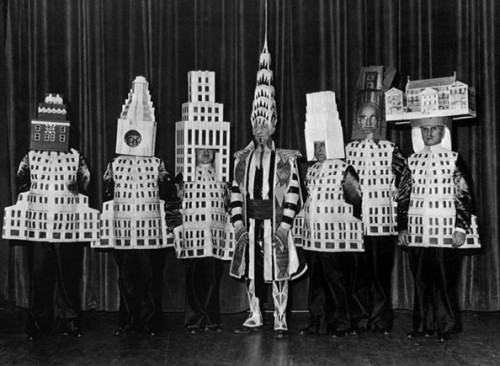
A photograph from the 1931 Society of Beaux Arts Architects Costume Ball, where architects traditionally dress up as their best/most famous building.
In front and center is William Van Alen, architect of the Chrysler Building.